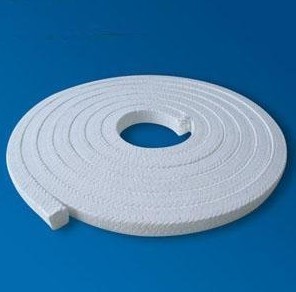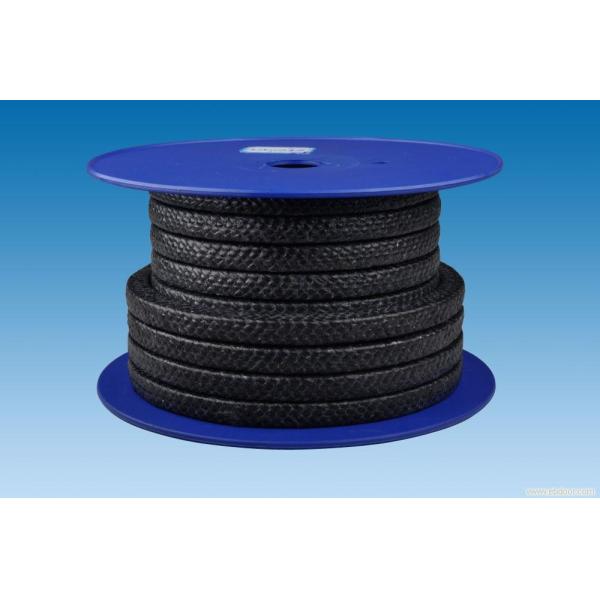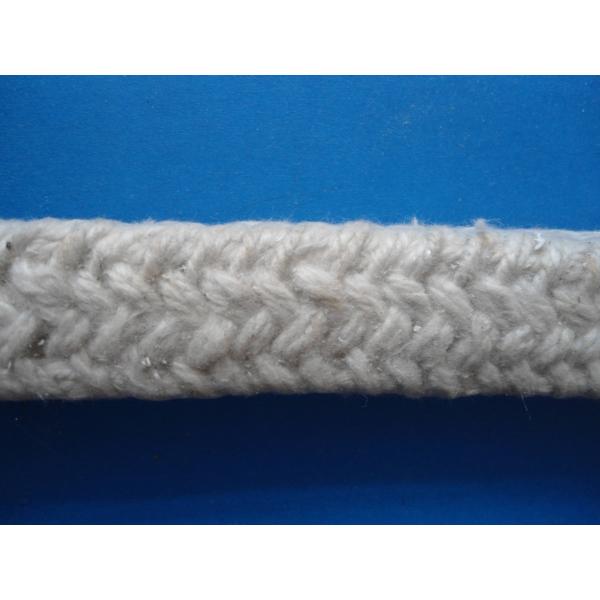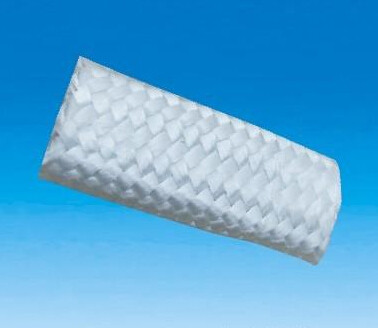What is Carbon Fiber Packing?
Carbon Fiber Packing is a high-performance sealing material engineered for demanding industrial applications where reliability and durability are critical. It consists of high-strength carbon fibers, often combined with lubricants and reinforcing agents, to create a robust packing solution that withstands extreme temperatures, pressures, and corrosive environments. This material is widely used in pumps, valves, mixers, and other rotating or reciprocating equipment to prevent leaks, reduce maintenance costs, and enhance operational efficiency. Its unique properties, such as low friction, excellent thermal conductivity, and resistance to chemical degradation, make it a preferred choice across industries like oil and gas, chemical processing, power generation, and water treatment.
Key Features of Carbon Fiber Packing
- High Temperature Resistance: Can operate continuously in temperatures up to 600°C (1112°F), making it suitable for high-heat applications.
- Chemical Inertness: Resists a wide range of chemicals, including acids, alkalis, and solvents, ensuring long-term stability.
- Low Friction Coefficient: Reduces wear on equipment shafts and extends service life, minimizing energy consumption.
- Excellent Thermal Conductivity: Dissipates heat efficiently, preventing overheating and maintaining seal integrity.
- Self-Lubricating Properties: Often infused with PTFE or graphite for smooth operation without external lubricants.
- High Tensile Strength: Withstands mechanical stress and vibration without deformation or failure.
- Easy Installation and Maintenance: Flexible design allows for straightforward replacement and adjustment.
Technical Specifications of Carbon Fiber Packing
Below is a detailed table outlining the standard parameters for our carbon fiber packing products. These specifications ensure compatibility with various industrial requirements.
| Parameter | Value | Unit | Remarks |
|---|---|---|---|
| Material Composition | Carbon Fiber, PTFE, Graphite | - | Custom blends available |
| Temperature Range | -100 to 600 | °C | Depending on grade |
| Pressure Range | Up to 200 | Bar | For dynamic applications |
| pH Resistance | 0 - 14 | - | Suitable for aggressive media |
| Density | 1.6 - 2.2 | g/cm³ | Varies with fiber content |
| Tensile Strength | 300 - 500 | MPa | High mechanical integrity |
| Thermal Conductivity | 5 - 20 | W/m·K | Efficient heat dissipation |
| Available Sizes | 3mm to 50mm | mm (cross-section) | Custom sizes on request |
Applications of Carbon Fiber Packing
- Pump Seals: Used in centrifugal and reciprocating pumps to prevent fluid leakage in water, chemical, and oil systems.
- Valve Stems: Provides reliable sealing for gate, globe, and control valves in high-pressure environments.
- Mixers and Agitators: Ensures leak-free operation in chemical reactors and blending equipment.
- Compressors: Ideal for air and gas compressors handling corrosive or high-temperature media.
- Marine Equipment: Applied in propeller shafts and rudder systems for enhanced durability in saltwater conditions.
- Power Plants: Used in turbines, boilers, and other critical components to maintain efficiency and safety.
Advantages Over Traditional Packing Materials
Carbon fiber packing offers significant benefits compared to conventional materials like asbestos, aramid, or flax. Its superior thermal stability reduces the risk of burnout, while the self-lubricating nature lowers friction, leading to less shaft wear and energy loss. Additionally, it requires minimal maintenance and has a longer service life, resulting in lower total cost of ownership. Unlike organic materials, it does not swell or degrade when exposed to oils or chemicals, ensuring consistent performance in variable conditions.
Frequently Asked Questions (FAQs) About Carbon Fiber Packing
What is the maximum temperature carbon fiber packing can handle?
Carbon fiber packing can withstand continuous temperatures up to 600°C (1112°F), with some high-grade variants capable of short-term exposure to even higher levels. This makes it suitable for applications involving steam, hot gases, or molten materials. Always check the specific product datasheet for exact temperature ratings based on the fiber blend and lubricants used.
How does carbon fiber packing compare to graphite packing?
While both materials offer excellent thermal and chemical resistance, carbon fiber packing generally has higher tensile strength and better mechanical stability under dynamic conditions. Graphite packing is more flexible and easier to compress, but carbon fiber excels in high-wear environments due to its reinforced structure. The choice depends on factors like pressure, speed, and media compatibility.
Can carbon fiber packing be used in food processing equipment?
Yes, but only if it is certified for food-grade applications. Look for packing that meets FDA or other relevant standards, and ensure it is free from contaminants. Typically, versions with PTFE lubricants are preferred for their non-toxic properties. Always verify compatibility with the specific food products and cleaning agents involved.
What is the typical lifespan of carbon fiber packing?
The lifespan varies based on operating conditions, such as temperature, pressure, shaft speed, and media aggressiveness. Under normal conditions, it can last from 6 months to several years. Proper installation, regular maintenance, and adherence to manufacturer guidelines can maximize longevity. Factors like misalignment or excessive vibration may reduce service life.
Is carbon fiber packing suitable for high-speed rotating shafts?
Yes, its low friction and high strength make it ideal for high-speed applications, such as in pumps or mixers. The self-lubricating properties help minimize heat buildup and wear. However, for optimal performance, ensure the packing is correctly sized and tensioned, and consider using compatible sleeve materials to prevent shaft damage.
How do I install carbon fiber packing correctly?
Installation involves cleaning the shaft or stem, cutting the packing rings to the correct size with a butt joint, and staggering the joints during placement. Apply slight lubrication if recommended, and tighten the gland gradually while the equipment is running to achieve a minimal leak rate. Avoid over-tightening, as it can cause excessive friction and premature failure. Refer to the product manual for step-by-step instructions.
Does carbon fiber packing require run-in periods?
Yes, a run-in period is often necessary to allow the packing to settle and form an effective seal. During this time, minor leakage might occur as the fibers adjust. Gradually adjust the gland follower after start-up to control leakage and ensure proper seating. This process typically lasts a few hours to a day, depending on the application.
Can carbon fiber packing be used with abrasive slurries?
While carbon fiber packing has good abrasion resistance, highly abrasive slurries may accelerate wear. In such cases, consider packing with added fillers or coatings for enhanced durability. Regular inspection and maintenance are advised to monitor condition and prevent unexpected failures. For extreme abrasion, alternative sealing solutions like hardened sleeves may be recommended.
What are the storage recommendations for carbon fiber packing?
Store carbon fiber packing in a cool, dry place away from direct sunlight, moisture, and chemicals. Keep it in its original packaging until use to prevent contamination or deformation. Avoid stacking heavy items on top, and ensure the storage area is free from ozone or other degrading agents. Proper storage can preserve its properties for years.
Is carbon fiber packing environmentally friendly?
Carbon fiber packing is generally considered environmentally friendly due to its long service life, which reduces waste, and the absence of hazardous materials like asbestos. However, disposal should follow local regulations, especially if used with toxic substances. Some variants are recyclable, but check with the manufacturer for specific guidelines.







